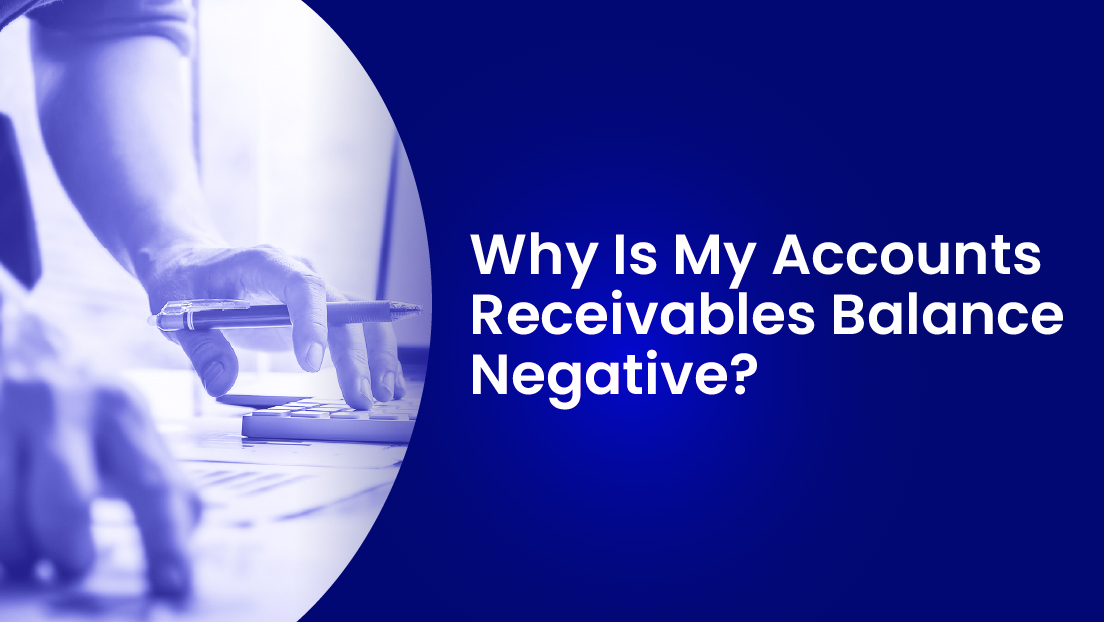Accountants use direct write offs when a company has conclusive evidence that a customer’s account is uncollectible and knows the exact amount. Companies typically classify bad debt as uncollectible around the 90-day-to-120-day mark.
Why Are Bad Debts Written Off?
Bad debt represents an expense and potential waste of resources for a company. Here are some of the reasons the accounting team may write it off.
Reconcile Accounts
Companies write off bad debts to maintain accurate accounting records. That’s because this method uses the actual amount not paid instead of a mere estimate. As a result, it is much easier to resolve missing or incomplete payments.
Avoid Further Collection Efforts
The accounts receivable department may write off uncollectible accounts because it is no longer worth spending effort on collecting the debt. In some cases, the cost of pursuing the debt might outpace the amount owed. For example, going to court might cost more upfront in legal fees and labor hours than the unpaid debt.
Tax Write Off
Accountants may deduct bad debt from the taxable income, so companies often write off bad debt to lower their tax liabilities. However, the debt and company must meet some criteria the IRS sets, so always confirm the details with your accountant. Bad debt can come in several forms:
- Business loan guarantees
- Credit sales to customers
- Loans to business partners, suppliers, employees, etc.
What Are the Challenges of Writing Off an Account?
Despite the apparent benefits, there are some caveats to consider when choosing a direct write-off over the allowance method. Knowing what to expect can help you decide whether this is a better option for your business.
Matching Principle Violation
Under the matching principle, companies must match expenses with their associated revenues in the same accounting period. Writing off accounts directly may violate this rule since it typically links to an expense from another accounting period, such as the previous year.
Inflates the Accounts Receivable Account
The accounting team credits the accounts receivable account with the total value of what customers owe. This can make it seem as if the company has more accounts receivable or cash in hand than it actually does.
Reversals
Reversing a write-off can be complicated and require significant effort, especially if the original bad debt was incorrectly identified. Companies must consider this when deciding which method to use.
What Are Some Best Practices for the Direct Write-off Method?
Bad debt accounting can become incredibly complex and might introduce errors into your bookkeeping process. Use the following best practices to manage and record uncollectible accounts correctly.
Establish Criteria
Companies should have a set of criteria for identifying bad debt. This might include factors like how long the account has been unpaid, how many collections calls the A/R team made, or whether legal action is necessary to collect the amount owed.
Create Journal Entries
Accurately record each bad debt write-off as an expense. Understanding the account’s financial impact will help you make better business decisions.
Review Reversals Carefully
Reversing a write-off requires time and effort, so think carefully before reversing a decision. It can also have tax implications, so consult your accountant to determine the best course of action.
Seek Legal Counsel
Always speak to a lawyer before writing off a debt. The lawyer can help you write an appropriate warning letter and make sure that you are protected from legal action from the customer.
Automate the Collection Process
Technology reduces errors and simplifies reconciliation tasks significantly. It can also reduce the cost of collecting on debts, which might help you create more flexible terms before something becomes uncollectible.
Direct Write-off Accounting Example
Assume a company has invoiced its customer for $10,000 but realizes it will not receive payment. It would credit Accounts Receivable and debit Bad Debt Expense in the amount of $10,000 to record this uncollectible debt in its books. This differs from the allowance method, which would have already set money aside in a reserve account as a contingency.
What happens if the customer’s company goes under, but they paid $5,000 before shutting down operations? The company would debit Accounts Receivable for $5,000 and reverse the Bad Debt Expense by crediting it in the same amount. This scenario highlights the importance of tracking bad debts closely and following up on payments.
How Can Gaviti’s Automated Accounts Receivable Software Help?
All accounts receivable teams should create a plan for managing bad debt, but the goal is to use that plan as little as possible. With an A/R collections management & automation platform like Gaviti, it is easy to remind clients about upcoming payments in a friendly manner, long before a payment is due. Should the need arise, late payments can be addresses early and systematically, long before they escalate into a major problem. At Gaviti, we make it easy for accounts receivable teams to automate the collections process, reducing the incidents and amounts of bad debt. Our customers spend fewer resources on collecting debts, which frees the team to tackle more pressing matters.
Gaviti also integrates seamlessly with accounting software so that financial managers have the complete data needed to make informed decisions for the company. They can also use our software’s data analytics and reports to double-check accounts for consistency, accuracy, and even fraud.
Are you ready to see what automated A/R software can do for your business? Schedule a demo to get started.






















